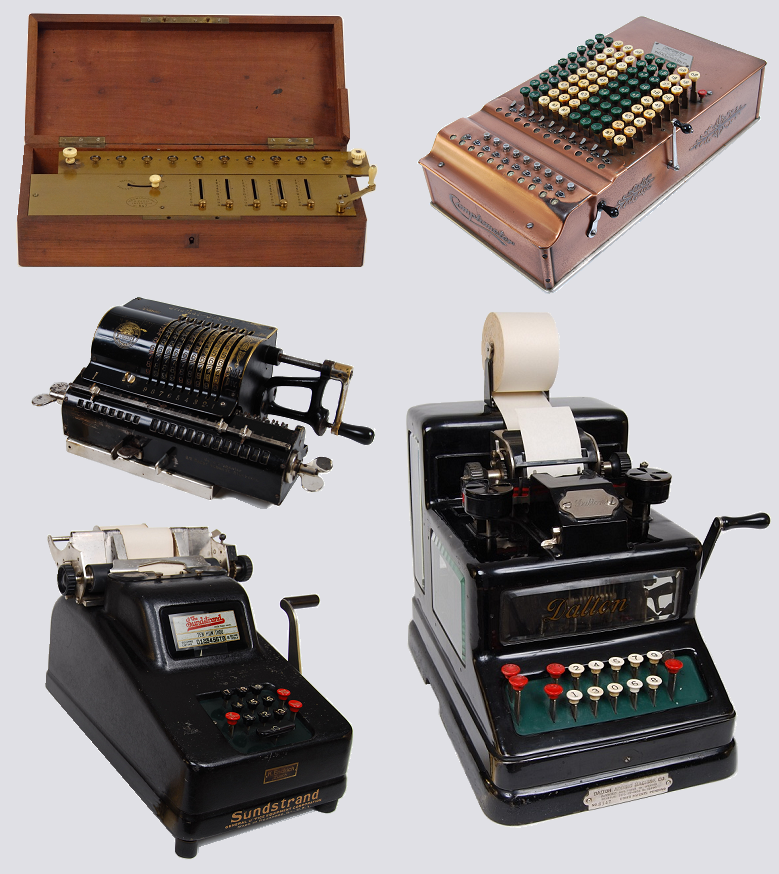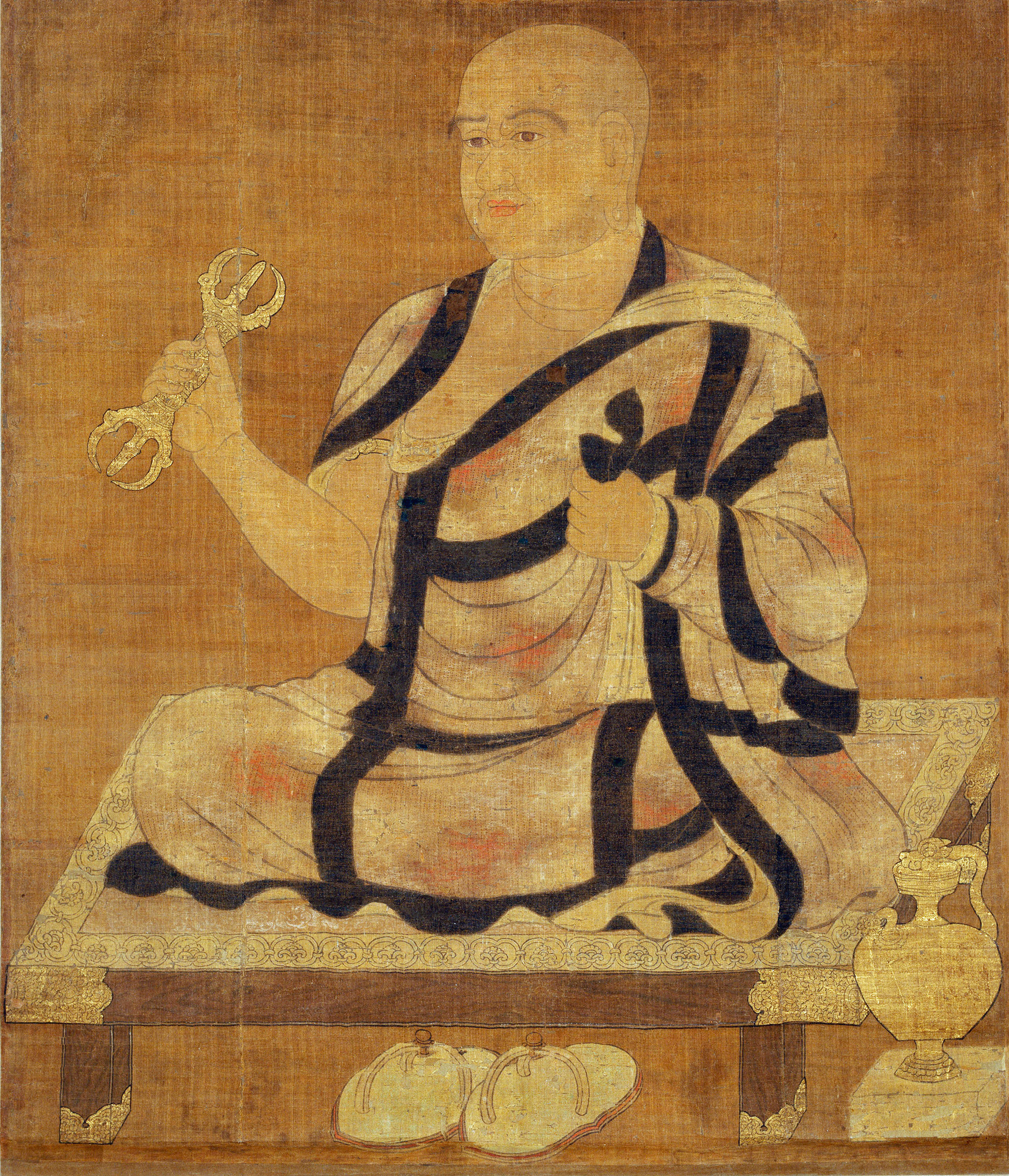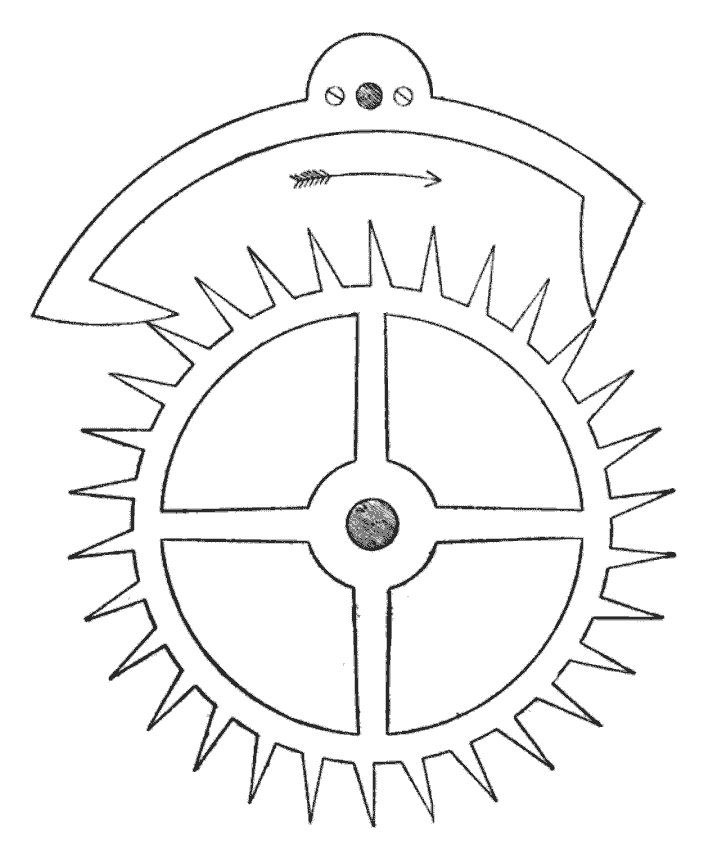|
Stanhope Demonstrator
The Stanhope Demonstrator was the first machine to solve problems in logic. It was designed by Charles Stanhope, 3rd Earl Stanhope to demonstrate consequences in logic symbolically. The first model was constructed in 1775. It consisted of two slides coloured red and gray mounted in a square brass frame. This could be used to demonstrate the solution to a syllogistic type of problem in which objects might have two different properties and the question was how many would have both properties. Scales marked zero to ten were used to set the numbers or proportions of objects with the two properties. This form of inference anticipated the numerically definite syllogism which Augustus De Morgan laid out in his book, ''Augustus_De_Morgan#Formal_Logic, Formal Logic'', in 1847. Construction The device was a brass plate about four inch, inches square which was mounted on a piece of mahogany which was three-quarters of an inch thick. There was an opening with a depression in the wood ... [...More Info...] [...Related Items...] OR: [Wikipedia] [Google] [Baidu] |
James Stanhope, 7th Earl Stanhope
James Richard Stanhope, 7th Earl Stanhope (11 November 1880 – 15 August 1967), styled Viscount Mahon until 1905, was a British Conservative politician. Background Stanhope was the eldest son of Arthur Stanhope, 6th Earl Stanhope, and Evelyn Henrietta (née Pennefather), daughter of Richard Pennefather of Knockeevan, County Tipperary, and Lady Emily Butler, daughter of the 1st Earl of Glengall. The Hon. Edward Stanhope and Philip Stanhope, 1st Baron Weardale, were his uncles. Lord Mahon was commissioned a second lieutenant in the Grenadier Guards on 5 January 1901, and went with his battalion to serve in South Africa during the Second Boer War. Following the end of this war in June 1902, he returned with a large contingent of men from the guards regiments on board the SS ''Lake Michigan'', which arrived in Southampton in October 1902. Political career Stanhope entered the House of Lords on the death of his father in 1905, and made his maiden speech in November 1909. [...More Info...] [...Related Items...] OR: [Wikipedia] [Google] [Baidu] |
Mechanical Calculators
A mechanical calculator, or calculating machine, is a mechanical device used to perform the basic operations of arithmetic automatically, or a simulation like an analog computer or a slide rule. Most mechanical calculators were comparable in size to small desktop computers and have been rendered obsolete by the advent of the electronic calculator and the digital computer. Surviving notes from Wilhelm Schickard in 1623 reveal that he designed and had built the earliest known apparatus fulfilling the widely accepted definition of a mechanical calculator (a counting machine with an automated tens-carry). His machine was composed of two sets of technologies: first an abacus made of Napier's bones, to simplify multiplications and divisions first described six years earlier in 1617, and for the mechanical part, it had a dialed pedometer to perform additions and subtractions. A study of the surviving notes shows a machine that could have jammed after a few entries on the same dial. ... [...More Info...] [...Related Items...] OR: [Wikipedia] [Google] [Baidu] |
History Of Logic
The history of logic deals with the study of the development of the science of valid inference (logic). Formal logics developed in ancient times in Indian logic, India, Logic in China, China, and Greek philosophy, Greece. Greek methods, particularly Aristotelian logic (or term logic) as found in the ''Organon'', found wide application and acceptance in Western science and mathematics for millennia.Boehner p. xiv The Stoicism, Stoics, especially Chrysippus, began the development of predicate logic. Christian philosophy, Christian and Logic in Islamic philosophy, Islamic philosophers such as Boethius (died 524), Avicenna (died 1037), Thomas Aquinas (died 1274) and William of Ockham (died 1347) further developed Aristotle's logic in the Medieval philosophy#High Middle Ages, Middle Ages, reaching a high point in the mid-fourteenth century, with Jean Buridan. The period between the fourteenth century and the beginning of the nineteenth century saw largely decline and neglect, and at le ... [...More Info...] [...Related Items...] OR: [Wikipedia] [Google] [Baidu] |
English Inventions
English inventions and discoveries are objects, processes or techniques invented, innovated or discovered, partially or entirely, in England by a person from England. Often, things discovered for the first time are also called inventions and in many cases, there is no clear line between the two. Nonetheless, science and technology in England continued to develop rapidly in absolute terms. Furthermore, according to a Japanese research firm, over 40% of the world's inventions and discoveries were made in the UK, followed by France with 24% of the world's inventions and discoveries made in France and followed by the US with 20%. The following is a list of inventions, innovations or discoveries known or generally recognised to be English. Agriculture * 1701: Seed drill improved by Jethro Tull (1674–1741). *18th century: of the horse-drawn hoe and scarifier by Jethro Tull * 1780s: Selective breeding and artificial selection pioneered by Robert Bakewell (1725–1795). * 1842: ... [...More Info...] [...Related Items...] OR: [Wikipedia] [Google] [Baidu] |
Automated Reasoning
In computer science, in particular in knowledge representation and reasoning and metalogic, the area of automated reasoning is dedicated to understanding different aspects of reasoning. The study of automated reasoning helps produce computer programs that allow computers to reason completely, or nearly completely, automatically. Although automated reasoning is considered a sub-field of artificial intelligence, it also has connections with theoretical computer science and philosophy. The most developed subareas of automated reasoning are automated theorem proving (and the less automated but more pragmatic subfield of interactive theorem proving) and automated proof checking (viewed as guaranteed correct reasoning under fixed assumptions). Extensive work has also been done in reasoning by analogy using induction and abduction. Other important topics include reasoning under uncertainty and non-monotonic reasoning. An important part of the uncertainty field is that of argumentat ... [...More Info...] [...Related Items...] OR: [Wikipedia] [Google] [Baidu] |
Scientific American
''Scientific American'', informally abbreviated ''SciAm'' or sometimes ''SA'', is an American popular science magazine. Many scientists, including Albert Einstein and Nikola Tesla, have contributed articles to it, with more than 150 Nobel Prize-winners being featured since its inception. In print since 1845, it is the oldest continuously published magazine in the United States. ''Scientific American'' is owned by Springer Nature, which is a subsidiary of Holtzbrinck Publishing Group. History ''Scientific American'' was founded by inventor and publisher Rufus Porter (painter), Rufus Porter in 1845 as a four-page weekly newspaper. The first issue of the large-format New York City newspaper was released on August 28, 1845. Throughout its early years, much emphasis was placed on reports of what was going on at the United States Patent and Trademark Office, U.S. Patent Office. It also reported on a broad range of inventions including perpetual motion machines, an 1860 devi ... [...More Info...] [...Related Items...] OR: [Wikipedia] [Google] [Baidu] |
Martin Gardner
Martin Gardner (October 21, 1914May 22, 2010) was an American popular mathematics and popular science writer with interests also encompassing magic, scientific skepticism, micromagic, philosophy, religion, and literatureespecially the writings of Lewis Carroll, L. Frank Baum, and G. K. Chesterton.Martin (2010) He was a leading authority on Lewis Carroll; '' The Annotated Alice'', which incorporated the text of Carroll's two Alice books, was his most successful work and sold over a million copies.Martin Gardner obituary (2010) He had a lifelong interest in magic and illusion and in 1999, ''MAGIC'' magazine named him as one of the "10 ... [...More Info...] [...Related Items...] OR: [Wikipedia] [Google] [Baidu] |
William Stanley Jevons
William Stanley Jevons (; 1 September 1835 – 13 August 1882) was an English economist and logician. Irving Fisher described Jevons's book ''A General Mathematical Theory of Political Economy'' (1862) as the start of the mathematical method in economics. It made the case that economics, as a science concerned with Real versus nominal value (economics), quantities, is necessarily mathematical. In so doing, it expounded upon the "final" (marginal) utility theory of value. Jevons' work, along with similar discoveries made by Carl Menger in Vienna (1871) and by Léon Walras in Switzerland (1874), marked the opening of a new period in the history of economic thought. Jevons's contribution to the Marginal utility#Marginal Revolution, marginal revolution in economics in the late 19th century established his reputation as a leading political economist and logician of the time. Jevons broke off his studies of the natural sciences in London in 1854 to work as an metallurgical assay, ass ... [...More Info...] [...Related Items...] OR: [Wikipedia] [Google] [Baidu] |
The Science Museum
The Science Museum is a major museum on Exhibition Road in South Kensington, London. It was founded in 1857 and is one of the city's major tourist attractions, attracting 3.3 million visitors annually in 2019. Like other publicly funded national museums in the United Kingdom, the Science Museum does not charge visitors for admission, although visitors are requested to make a donation if they are able. Temporary exhibitions may incur an admission fee. It is one of the five museums in the Science Museum Group. Founding and history The museum was founded in 1857 under Bennet Woodcroft from the collection of the Royal Society of Arts and surplus items from the Great Exhibition as part of the South Kensington Museum, together with what is now the Victoria and Albert Museum. It included a collection of machinery which became the ''Museum of Patents'' in 1858, and the ''Patent Office Museum'' in 1863. This collection contained many of the most famous exhibits of what is now ... [...More Info...] [...Related Items...] OR: [Wikipedia] [Google] [Baidu] |
Venn Diagram
A Venn diagram is a widely used diagram style that shows the logical relation between set (mathematics), sets, popularized by John Venn (1834–1923) in the 1880s. The diagrams are used to teach elementary set theory, and to illustrate simple set relationships in probability, logic, statistics, linguistics and computer science. A Venn diagram uses simple closed curves on a plane to represent sets. The curves are often circles or ellipses. Similar ideas had been proposed before Venn such as by Christian Weise in 1712 (''Nucleus Logicoe Wiesianoe'') and Leonhard Euler in 1768 (''Letters to a German Princess''). The idea was popularised by Venn in ''Symbolic Logic'', Chapter V "Diagrammatic Representation", published in 1881. Details A Venn diagram, also called a ''set diagram'' or ''logic diagram'', shows ''all'' possible logical relations between a finite collection of different sets. These diagrams depict element (mathematics), elements as points in the plane, and sets as r ... [...More Info...] [...Related Items...] OR: [Wikipedia] [Google] [Baidu] |





